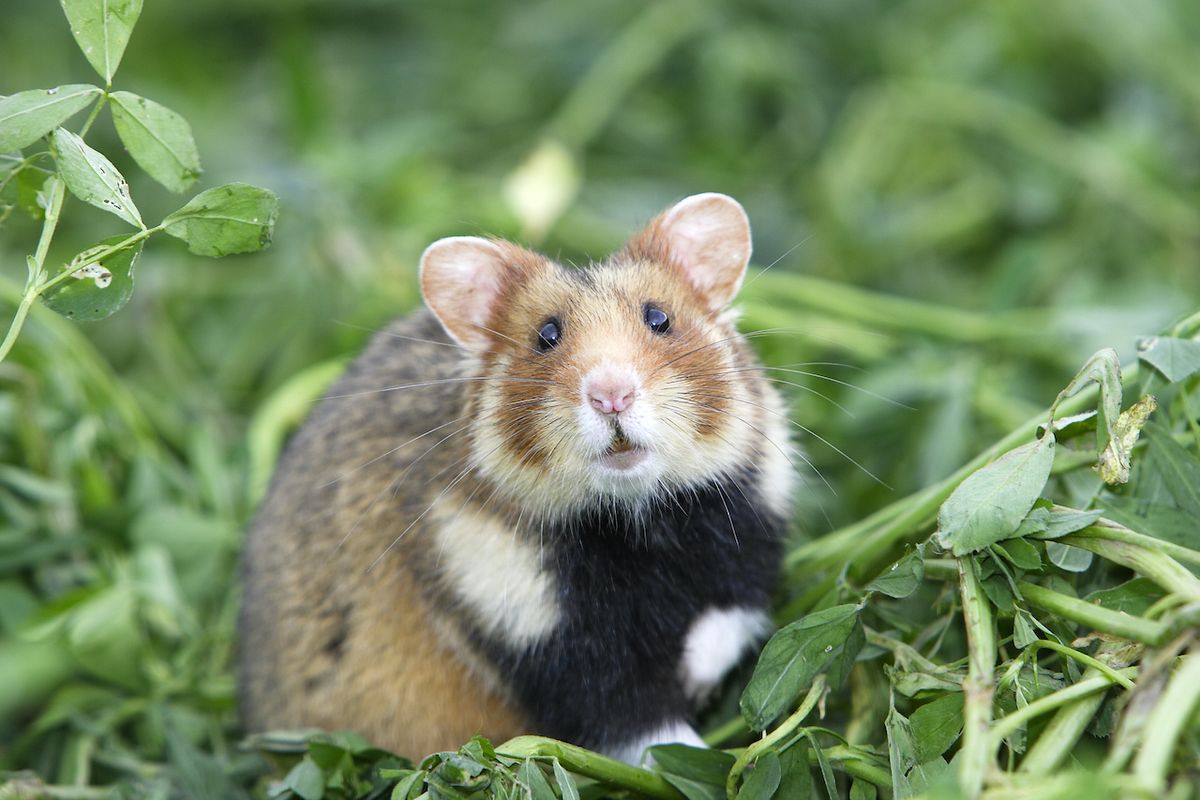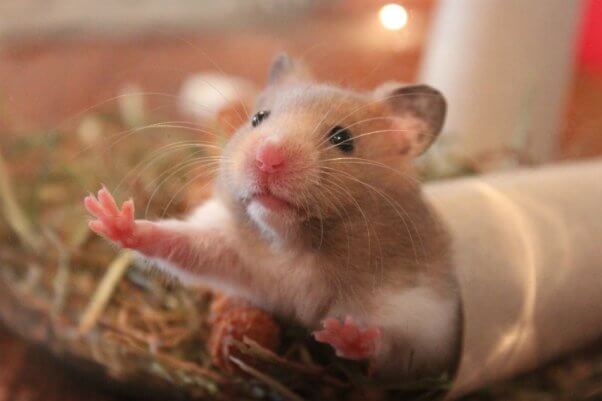Hamster Types and Their Environments
Hamsters are small, adorable pets that come in various breeds, each with unique characteristics and habitat requirements. Understanding the different types of hamsters and the environments they thrive in can help pet owners create ideal living conditions for these entertaining little creatures. In this article, we will explore the most common hamster breeds and provide insights into their natural habitats and care.
Types of Hamsters
There are several popular types of hamsters that people often choose as pets. Each breed has its own specific traits, making them suited for various preferences and living situations. Here, we’ll take a closer look at four primary hamster types: the Syrian hamster, Roborovski dwarf hamster, Campbell’s dwarf hamster, and Winter White dwarf hamster.
Syrian Hamster
The **Syrian hamster**, also known as the golden hamster, is the largest and most common type of hamster kept as a pet. They can grow up to 6-7 inches in length, and their friendly disposition makes them ideal companions for children and adults alike. Syrian hamsters are solitary creatures and should be housed alone to prevent aggressive behavior. They thrive in spacious cages with plenty of bedding material to tunnel and dig into, reflecting their natural inclination for burrowing in the wild.

Roborovski Dwarf Hamster
Roborovski dwarf hamsters are the smallest type of hamster, typically reaching just 4 inches in length. They have a lively and social nature, often engaging in playful behavior with their cage mates. Unlike Syrian hamsters, Roborovski hamsters can live in pairs or small groups, provided they are introduced at a young age. When maintaining their habitat, ensure there’s adequate space for climbing structures, tunnels, and multiple hiding spots to facilitate their social nature.
Hamster Environments
The environment in which hamsters are kept plays an essential role in their overall well-being. Each type of hamster has varied space and enrichment needs which should be met to maintain their health and happiness. To create a suitable environment, consider factors such as cage design, bedding materials, and cage decorations.
Cage Size and Type
When selecting a cage for your hamster, keep in mind that size matters significantly. As a general rule, hamsters require a cage with a minimum floor space of 12 inches by 24 inches, but larger cages are always better. Additionally, vertical space is important, so opt for multi-level setups. Wire cages or glass aquariums with proper ventilation are suitable options. Ensure the bars are spaced closely enough to prevent escapes and provide durable gnawing toys to keep their teeth healthy.

Bedding and Nesting Material
Choosing the right bedding for your hamster is vital for their comfort and health. Use safe, absorbent bedding made from paper or aspen shavings, as these materials allow for burrowing while controlling odor. Avoid cedar or pine shavings due to their harmful oils. Furthermore, hamsters require nesting material such as shredded paper or natural grass hay, which allows them to create cozy bedding for sleeping. This mimics their natural habitat of burrowing and helps reduce stress.
Socialization and Interaction
Understanding how to interact with hamsters depending on their types is crucial for building trust and ensuring they feel safe in their environments. Syrian hamsters may require more time to adjust to handling, whereas Roborovski dwarf hamsters can be more social and active in their habitats. Proper socialization techniques and daily interaction can foster healthy relationships between the owner and the hamster.
Handling and Playtime
To bond with your hamster, gentle handling is essential. Begin by allowing your hamster to become accustomed to your scent. Once they feel comfortable, place your hand in the cage and allow them to explore. When lifting them, scoop them up gently to avoid stress or injury. Provide daily playtime outside their cage for at least 15-30 minutes in a secure area, enhancing their physical activity and mental stimulation.

Creating a Stimulating Environment
Hamsters are naturally curious creatures and need mental stimulation to thrive. Incorporating various toys, tunnels, and carefully placed obstacles can keep them engaged and encourage instinctual behaviors such as digging, climbing, and exploring. Rotate toys regularly to maintain their interest and visit pet stores to discover new enriching options. A stimulating environment promotes healthy and happy hamsters, reducing the likelihood of boredom and stress.
Conclusion
Caring for hamsters involves understanding their unique types and meeting the specific needs of their environments. By selecting the appropriate type of hamster and providing a well-designed habitat, you’ll contribute to a fulfilled, enriched life for your pet. Regular interactions, proper breeding, and a thoughtful environment are keys to being a successful hamster owner.
FAQ
1. What is the average lifespan of a hamster?
The average lifespan of a hamster varies depending on the species. Syrian hamsters generally live around 2-3 years, while dwarf hamsters have slightly longer lifespans, generally about 3-4 years with proper care. Optimal living conditions and a balanced diet can further enhance their longevity.
2. Can hamsters be housed together?
Some types of hamsters can be housed together, like the **Roborovski dwarf hamster**, which tends to be social. However, Syrian hamsters are solitary by nature and should be kept alone to avoid aggressive interactions. Always introduce hamsters to one another cautiously and monitor their behavior closely.
3. What types of toys are suitable for hamsters?
When selecting toys for your hamster, choose chewable toys made from safe materials such as untreated wood or cardboard. Tunnel systems, exercise wheels, and climbing structures are also beneficial to promote activity. Make sure toys are appropriately sized for your hamster type to prevent any risk of injury.
4. How often should I clean my hamster’s cage?
Regular maintenance of your hamster’s environment is vital. Clean the cage at least once a week to prevent odors and contamination. Spot clean daily by removing soiled bedding or uneaten food and wash the entire cage and accessories with pet-safe cleaning solutions during the weekly clean.
5. What do hamsters eat?
Hamsters have a diverse diet that primarily consists of high-quality commercial hamster pellets, supplemented with fresh fruits and vegetables. Common fruits include apples, bananas, and carrots. However, avoid giving citrus fruits, as they can upset their stomachs. Always provide fresh water and ensure that any fresh produce is introduced gradually.
